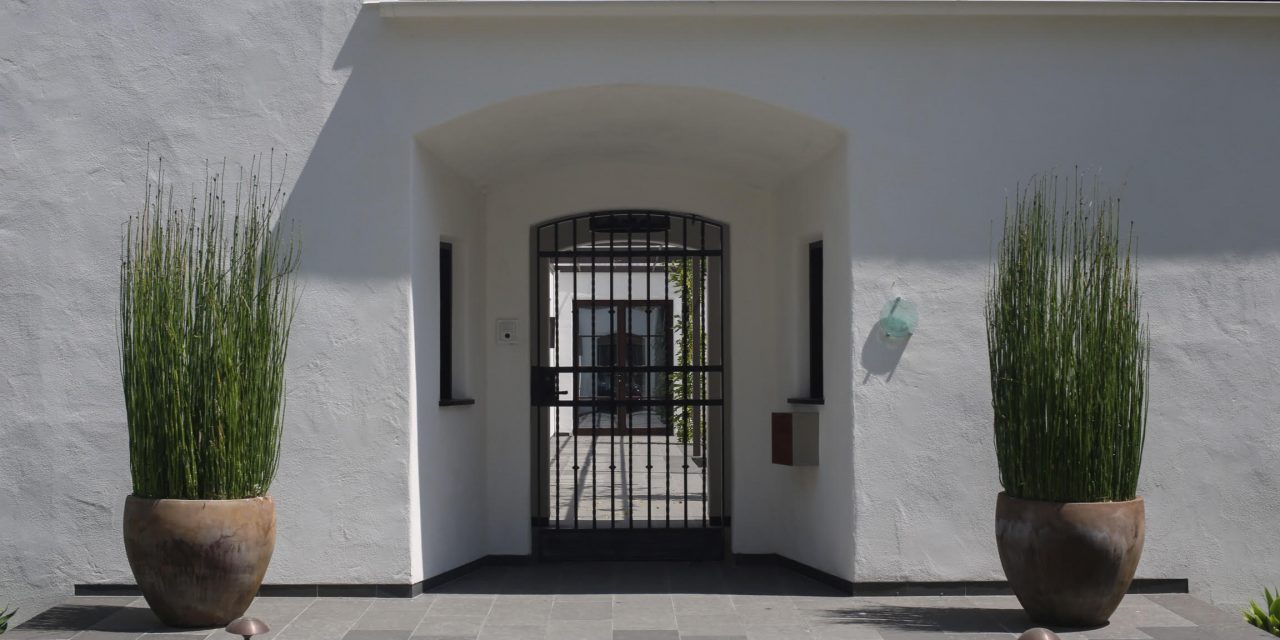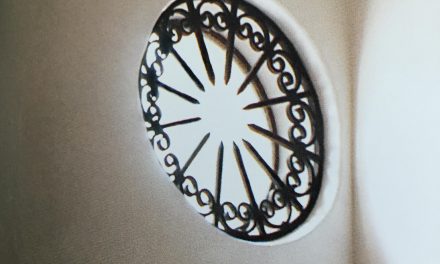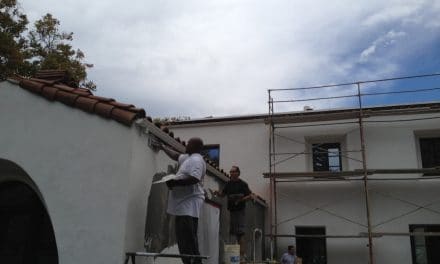Stuart and Marcella started their project with some innovative ideas in mind and other ideas emerged along the way. Here are 8 we think are especially unique and useful for you to consider when you build or renovate your home.
#1 Demand Universal Buy-In
Building a home takes a big team and you all need to be on the same page. These homeowner’s achieved this by making the core team commit to their Mission Statement, as well as requiring everyone to be trained to understand Passive House design. Even all of the subcontractors had to buy into the Mission Statement or they were not hired or were let go.
#2 Create a Waste Pile of Shame
According to the National Association of Home Builders, building a traditional 2,000 square foot home creates up to 8,000 pounds of waste. It’s difficult to fathom, but the Lowell House was built using a zero-waste philosophy. In fact, to ensure waste reduction was always kept in mind, the site didn’t even have a dumpster. You read that right – NO dumpster. Instead, they had a waste “pile of shame.” And, despite what you’d assume, in the end, food and beverage packaging made up the bulk of the waste. Here are Stuart’s tips for reducing waste:
Building Waste: How do you minimize it?
1. Water: Plumbers charge the pipes to test the plumbing before the walls are closed up. Usually, this water is wasted after testing. We used the water for the plaster mix. Small savings to be sure but why waste any water?
2. Pallets: Many large items (stone, windows, etc.) arrive on pallets. Remarkably, most of these pallets end up in the landfill. We actually had a hard time finding someone to reuse our pallets but eventually we did. We just couldn’t imagine throwing them out.
3. Wood: Walk around most construction sites and there is a large dumpster filled with waste wood and other construction debris. By using SIPs and building almost everything else to specification, we never had the need for a dumpster on site. In fact, we ended up with a relatively small amount of wood after 10 months of construction. It was all FSC or reclaimed wood and we recycled it.
4. Food Waste: Surprisingly, our biggest source of waste is from food containers. There were many workers on site and they ordered every day from the food truck that stopped at the house. In a perfect world, the food truck would serve food on compostable or recyclable plates but … it isn’t a perfect world.
#3 Deconstruct Instead of Demolishing
For most home building projects, about 85 percent of the waste created could be reused or recycled. Sadly, most of it is ending up in landfills. Not so with the Lowell House. They carefully deconstructed the existing home and donated appliances, windows, doors, furnishings and fixtures, lumber, and other items to charity. They recycled concrete and other items that couldn’t be reused.
#4 Spend More If You Get More
While one of the key missions for the project was to prove that a Passive House didn’t have to cost more than a traditional build, the homeowners were also mindful of the long-term expenses associated with homes. For example, according to the US Green Building Council (USGBC), “LEED-certified homes are designed to use about 30 to 60 percent less energy. Over the seven or eight years the typical family lives in a home, this adds up to thousands of dollars in savings.” To get even more precise, the average residential solar energy system costs about $10,000-$30,000 after tax rebates, but (depending on where you live) they can save you $40,000-$90,000+ over 20 years. That’s a smart investment! The homeowners found that every sustainable solution they chose has lower operating and maintenance costs than conventional systems.
#5 Reclaim Materials
Reclaimed building materials like doors, windows, wood flooring, and much more are becoming increasingly easy to find. Not only is reuse much more eco-friendly, it’s also incredibly budget-friendly: reclaimed materials can be 50 percent to 75 percent cheaper than their new counterparts. (Sometimes you can even find free materials!) Plus, often times your materials come with a colorful history or weathered appearance that adds a truly unique touch to your project. For the Lowell house, the roof was the reclaimed treasure. The 1920s hand made cap and pan roof tiles were reclaimed from a school in Monterey, CA and had been sitting in a field less than 30 miles away in Half Moon Bay. (Interested in finding your own treasures? Here’s how to find reclaimed home building materials.)
#6 Use SIPs
Structural insulated panels (SIPs) are one of the most airtight and well-insulated building systems available. They are composed of super-insulating rigid insulation sandwiched between high-performance engineered wood sheathing. SIPs have the following advantages over a conventionally built “stick frame” home:
- Stronger: Up to 66% stronger; making homes even more secure for seismic activity.
- Straighter: Built in a factory with better tolerances than framing “in the field.”
- More airtight, which means more energy efficient: Blower door tests show that a SIP room is 15 times more airtight than its stick framed counterpart with fiberglass insulation.
- More eco-friendly in regards to resources: The major components of SIPs, foam and oriented strand board (OSB), take less energy and raw materials to produce than other structural building systems. SIPs are also fabricated in a controlled environment, allowing for greater efficiency than site-built framing.
- More comfortable: SIPs lead to better air quality and reduced external noise. A SIP home allows for better control over indoor air quality because the airtight building envelope limits incoming air to controlled ventilation. Controlled ventilation filters out contaminants and allergens, and also allows for incoming air to be dehumidified, reducing the possibility for mold growth. Also, SIPs do not contain any VOCs or other harmful chemicals that can affect occupant health. The components used to make SIPs (foam, oriented strand board, and adhesive) meet some of the most stringent standards for indoor air quality.
- Faster construction: The panels can be put together quite quickly so construction time is lower than a conventionally built house, particularly if you include insulation.
#7 Focus on Simplicity
Leonardo da Vinci once said that simplicity is the ultimate sophistication. When it comes to building a home, it’s also the most eco-friendly strategy. Simplicity was included in the Lowell House Mission Statement because “fewer moving parts = less maintenance” and “proven vs. bleeding edge = less worry, fewer annuity costs, and more enjoyment.” Watch the following quick video with musings on how simplicity applies to the design of a home to get a better grasp of what the concept means.
#8 Monitor to Improve
Business guru Peter Drucker once said, “What gets measured gets improved.” It’s a maxim widely referred to in the corporate world, but it also applies to creating a sustainable home. The two most obvious applications are energy and water use. On the path to net zero energy use, Stuart kept detailed records of how much energy the Lowell Home was producing and using. Even if your home doesn’t generate its own electricity or capture greywater and rainwater, monitoring your use is the best way to make strides towards significant reductions. Luckily, there are many products available to help make the process easy, too.








